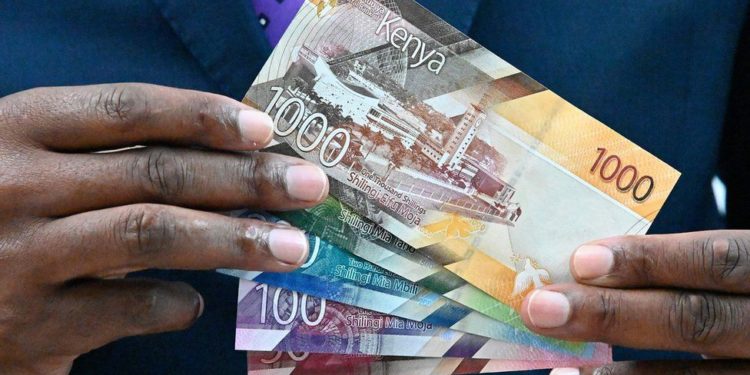The government has projected the Kenyan shilling to weaken further against the dollar to hit the 150 mark by the maturity of the USD 2.0 billion Eurobond in June next year, which has put pressure on the country’s exchange rate. The Treasury has indicated that the government will pay a total of Ksh 301.51 billion with the projected 150.76 exchange rate in June 2024. This is higher than the Ksh 241.75 billion that the Treasury had put aside as redemption of the debut Eurobond at an exchange rate of Ksh 120.87 in March earlier this year.
Read more: Heavy Gov’t Borrowing Continues To Depreciate Kenyan Shilling
According to the Central Bank of Kenya, the Kenya Shilling is trading at 140.3 and has been hitting record lows every day, having shed 13.7% of its value since the start of the year as the country continues to experience a dollar shortage aggravated by hikes in interest rates by central banks in advanced economies. However, Kenya expects more inflows from the IMF in July in addition to the World Bank’s Ksh 140.2 billion in support of fiscal consolidation, which is aimed at reducing spending and increasing revenues and is bound to increase the foreign exchange reserves from the current Ksh 1.05 billion.
This is amidst the cost of servicing. Kenya’s rising debt surpasses spending on recurrent expenditure for the national government, which in part reflects the President’s pledge to prioritize obligations to creditors over payments like salaries, which saw a delay in civil servants’ salaries for the first time in March 2024.
Read more: Kenya Shilling to Continue Depreciating- Absa Bank Report
Out of the Ksh 1.74 trillion in tax receipts for the period July 2022 to May 2023, the treasury spent nearly Ksh 1.02 trillion, equivalent to 58.6%, on debt repayments, exceeding the day-to-day running of the government by Ksh 44.7 billion, which has impeded spending on development projects, which only had an allocation of 10.9%, translating to 0.19 trillion of the tax receipts in the said period. This has limited the government’s ability to create jobs through new projects and the development of new infrastructure.
The IMF and World Bank have classified Kenya as at high risk of debt distress since 2020 due to a consistently large deficit in annual budgets that is met through borrowing. The impending maturity of the USD 2.0 billion Eurobond has caused jitters among international investors over Kenya’s ability to repay external debts, as the newly elected CBK Governor vows to work closely with the Treasury to ensure timely payment of the sovereign bond.
Read more: Kenya’s Credit Outlook Downgraded Amid Tight Liquidity Position

















